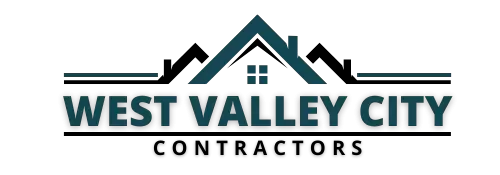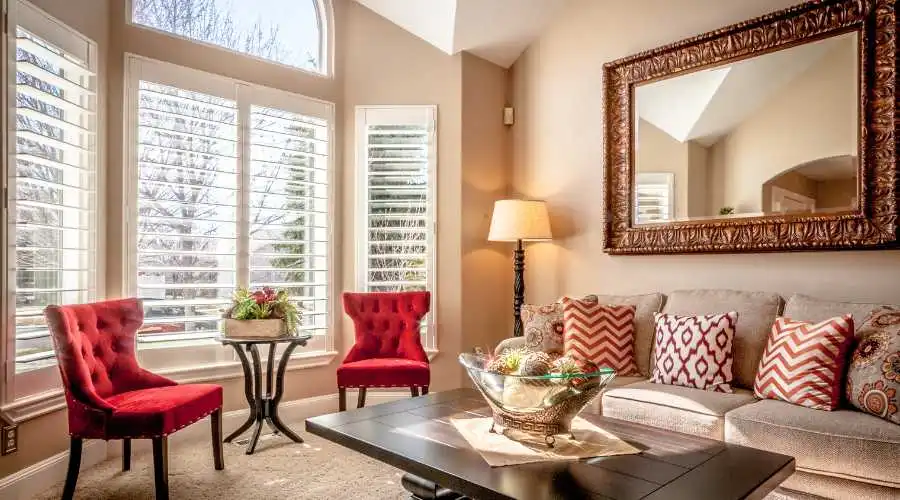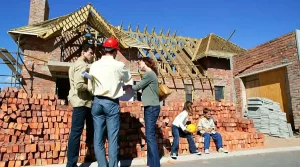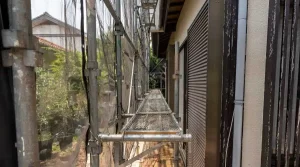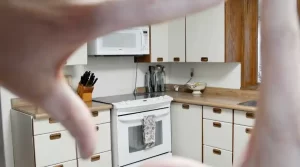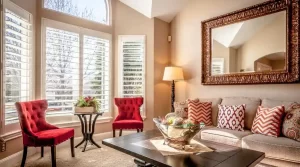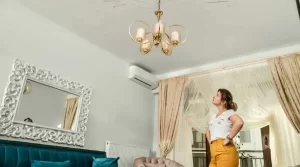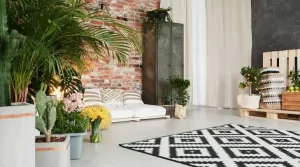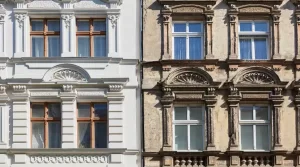At LK West Valley City General Contractors, we strive to equip you with insights that can elevate your construction ventures by embracing efficiency, sustainability, and comfort. In this article, we delve into the concept of the Passive House, elucidating its core significance, benefits, and the compelling reasons to consider its integration into your upcoming projects.
Cracking the Code of Passive Design
The term “passive” is frequently tossed around, much like the term “green,” in today’s construction discourse. But what does it truly entail? How does this overarching adjective stand apart from the measurable standards set by the capitalized Passive House?
As proponents of innovative construction, it’s vital to comprehend these nuances. Here’s a comprehensive guide to deciphering the vocabulary and grasping the implied meanings within the realm of passive design.
Demystifying Common Expressions
- “This house was designed with passive solar principles”: This denotes a strategic orientation and window placement that harness natural daylight for heat, often coupled with considerations for shading during hot summers. These initial steps are pivotal in curbing a house’s energy consumption.
- “This house was designed to Passive House principles”: This indicates a conscious decision by the architect and builder to adhere to a defined set of quantifiable building standards aimed at promoting low-energy usage. The origins of this concept trace back to Germany’s Passivhaus movement.
- “This house is a certified Passive House”: Beyond adhering to Passive House standards in design and construction, this label signifies successful completion of a certification process, often managed by entities worldwide. The original certifying authority is the Passivhaus Institute in Germany, renowned as the gold standard. In the U.S., Phius is another certifying institute, offering a slightly less stringent standard. Both pathways entail performance validation and third-party accountability.
Decoding the Passive House Standard
Contrary to its name, a Passive House exudes active energy efficiency. Designed to harness solar heat permeating through windows, it proactively saves energy. Delving deeper, the Passive House building standard elevates this commitment, aiming to ensure optimal comfort and health indoors throughout every season, sans excessive energy consumption.
A residence built to the Passive House standard maintains year-round comfort without the reliance on active heating or cooling systems.
Quantifying the Advantages
- Unparalleled Energy Savings: Passive Houses can yield remarkable energy savings, up to 90% compared to conventional buildings, leading to substantial long-term utility bill reductions.
- Elevated Comfort: The meticulous sealing and advanced ventilation system in Passive Houses facilitate uniform temperature distribution, minimizing drafts and ensuring unprecedented comfort.
- Healthier Indoor Environment: Incorporating mechanical ventilation with heat recovery guarantees a constant supply of fresh, filtered air, free from pollutants and allergens, ensuring superior indoor air quality.
- A Step Towards Sustainability: By curbing energy consumption and reducing reliance on fossil fuels, Passive Houses contribute to a greener planet and a sustainable future.
- Investment in the Future: The enduring design and longevity of Passive Houses translate to long-term value, positioning them as sound investments in the face of evolving energy standards.
Dispelling Passive House Myths
- Restricted Spaces: Passive Houses prioritize indoor air quality. Advanced ventilation systems ensure a continuous inflow of fresh air, negating concerns of stuffiness.
- Design Limitations: The Passive House concept seamlessly adapts to various architectural styles, allowing diverse designs without compromising efficiency.
- Affordability Concerns: While upfront costs may be slightly higher, long-term energy savings make Passive Houses financially advantageous.
- Climate Restrictions: Passive Houses thrive in diverse climates, making them adaptable to various weather conditions.
At LK West Valley City General Contractors, we’re committed to offering avant-garde solutions that resonate with your vision and values. Introducing the Passive House concept into your project signifies a forward-looking investment that prioritizes efficiency, sustainability, and unparalleled comfort. Whether embarking on new construction or contemplating a renovation, our adept team is poised to guide you through the process, ensuring every facet aligns with the industry’s standards.
The rise of the Passive House underscores the transformative potential of innovative architectural paradigms. By embracing this approach, you’re not merely investing in your project’s success, but also contributing to a sustainable and energy-efficient future.
Contact us today to embark on a construction endeavor that epitomizes efficiency, sustainability, and uncompromised comfort.
